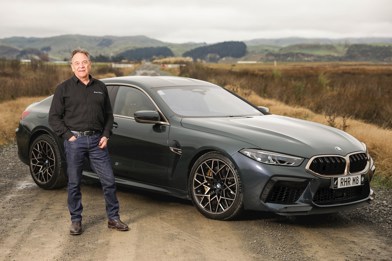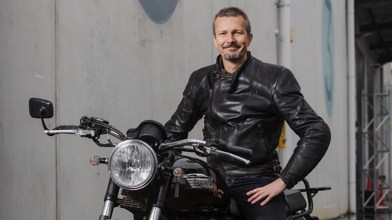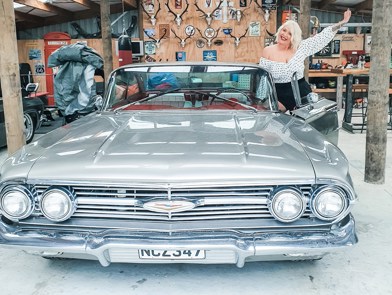Phar Lap, Pavlova, and Scott Dixon are three trans-Tasman icons that blur the lines between us and the Aussies. While we might never know where those allegiances lie, Nissan’s new Navara N-Trek Warrior is more Australian than Vegemite – because there’s no questioning the origin of that one, right?
Considering that the double-cab ute segment is one of the most popular and growing segments in Australasia, it's logical to see manufacturers exploring variations on top of their standard vehicles. Over the years, we have seen various aesthetic packages and bigger tyre and wheel combinations come to utes across the market, but Nissan wasn't out to do another one of these, they wanted to build something that can blast through the toughest terrain, and sit above most in the double-cab segment.

We first saw this in Ford’s Ranger Raptor, which made waves in the segment thanks to its extremely impressive Fox suspension setup that allowed for high speeds in rough terrain, and then in the HSV Colorado SportsCat. Nissan is the latest manufacturer to delve into this off-road performance segment, and while the Navara N-Trek Warrior isn’t wearing a badge quite as iconic as the Raptor’s, it’s a serious competitor and an extremely capable package.
When it comes to building something for the harsh Australian terrain, development in another country may help the bottom line, but doesn’t make a lot of practical sense. This is why Nissan Australia partnered with local engineering specialist Premcar (formerly Ford Performance Vehicles) and completed all the development and testing for the Warrior on home soil, across various Australian terrain. The outcome of this strenuous testing process is quite literally a Warrior that will devour anything you can throw at it, at least on their side of the Tasman.
“Taller, Wider, and Tougher” were the three points that Nissan’s Project Manager Callum Maynes wanted us to take away from the N-Trek Warrior. And while it might sound like a fancy tag line to slap on a jacked-up ute, the Warrior possesses the hardware to back it up. Compared to a standard Navara ST-X, the N-Trek Warrior sits 40mm higher, it measures 130mm longer, and tracks 30mm wider. This makes for a chassis that has 268mm of total ground clearance, more than enough to keep the underside safe and sound while bouncing through some serious terrain in the dusty mountain region of Victoria.
Just like it's competitors, while its suspension has been overhauled, the engine has remained untouched. This standard Navara 2.3-litre twin-turbo diesel engine pumps out a healthy 140kW and 450NM of torque which is more than enough in the dirt, but won't get your heart racing on the tarmac.
Getting behind the wheel of the N-Trek Warrior, the first thing you notice is the sheer size of the machine. It may not measure much bigger than its more standard competitors, but a quick glance out the side mirror, and those curvaceous fenders have you feeling tough. My first experience in the hot seat was on the curvy tarmac roads leading up Mt. Hotham, and while the 2.3-litre twin-turbo diesel engine didn’t make for a hair-raising mountain run, I was thoroughly impressed with how planted it felt through the bends. This tuned suspension may feel a little stiff on tarmac at times, it gives a sense of stability compared to the Ranger Raptor’s softer suspension system.
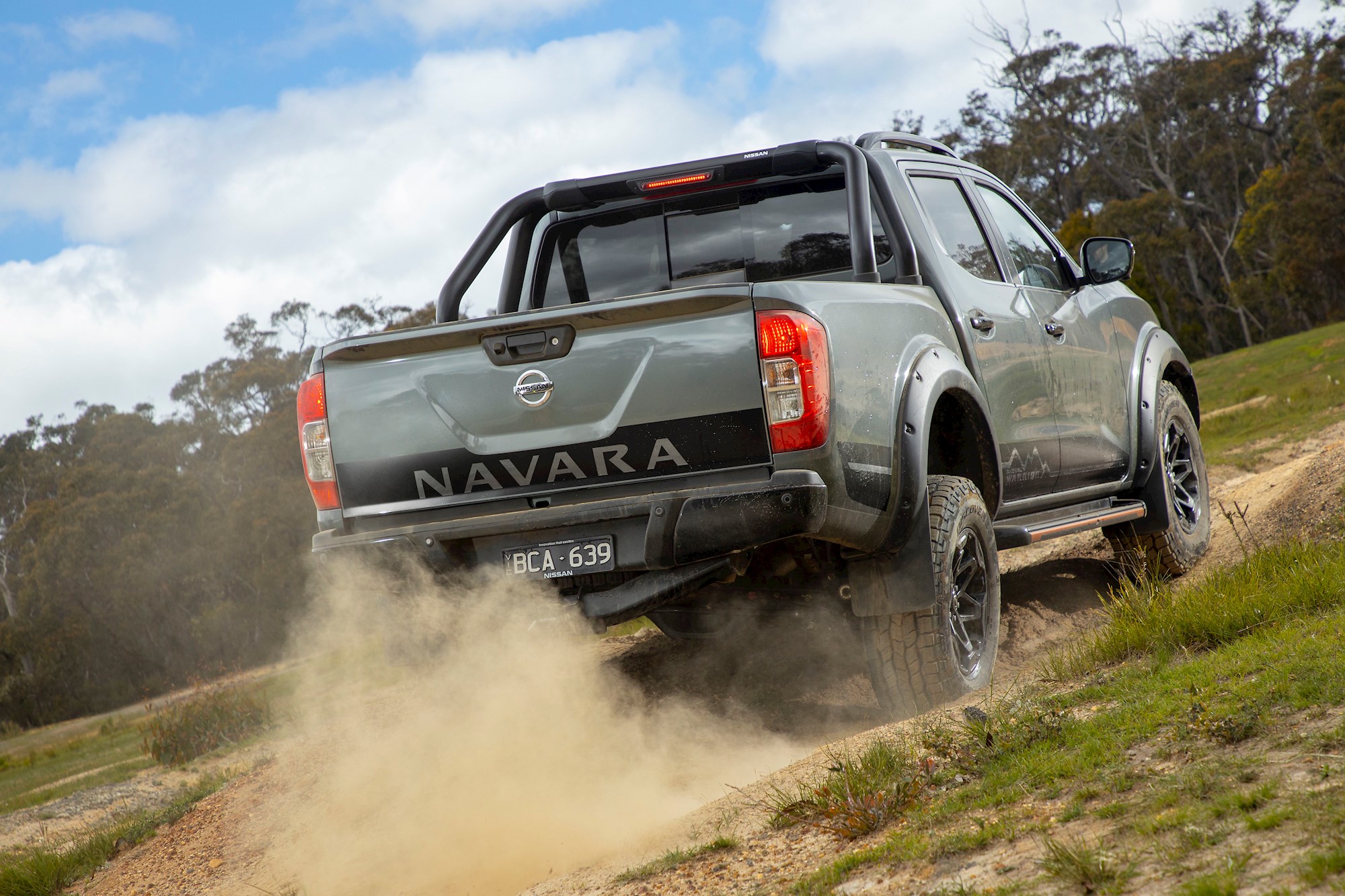
After the brief mountainous drive, we were more than happy to hit the dusty stuff, as we turned off onto the iconic Blue Rag Range Track, which leads up to one of the highest points in Victoria. Tough can have a variety of meanings, but my first experience with the Warrior displayed its toughness across some horrific corrugations at a reasonable pace. Despite the copious amount of red dust covering every possible surface, the locally-developed suspension system really shone through here.
As the climb got tougher, so did the terrain, and a flick of a switch engaged all four wheels while we were rolling, in preparation for the rubble-covered surface. Getting it into high-range four-wheel drive mode can be done on the move, but if you want to select low-range gearing, it has to be done while stationary, and after the transmission is shifted into neutral. Once the ding confirmed the low range selection, we set off down an incredibly-steep descent, letting second gear handle our pace down the hill. Thanks to the seven-speed automatic transmission, we found that second was low enough for most climbs and descents, only opting for first gear to see how it would perform. And perform like a Warrior it did, with only one rather hair-raising moment of the trip occurring when things got a little unhinged while clambering over a set of wombat burrows up a hill. As the weight shifted around the wheels, the diff lock button locked the rear axle, and the wheels managed to grasp for traction before pulling through like an absolute trooper.
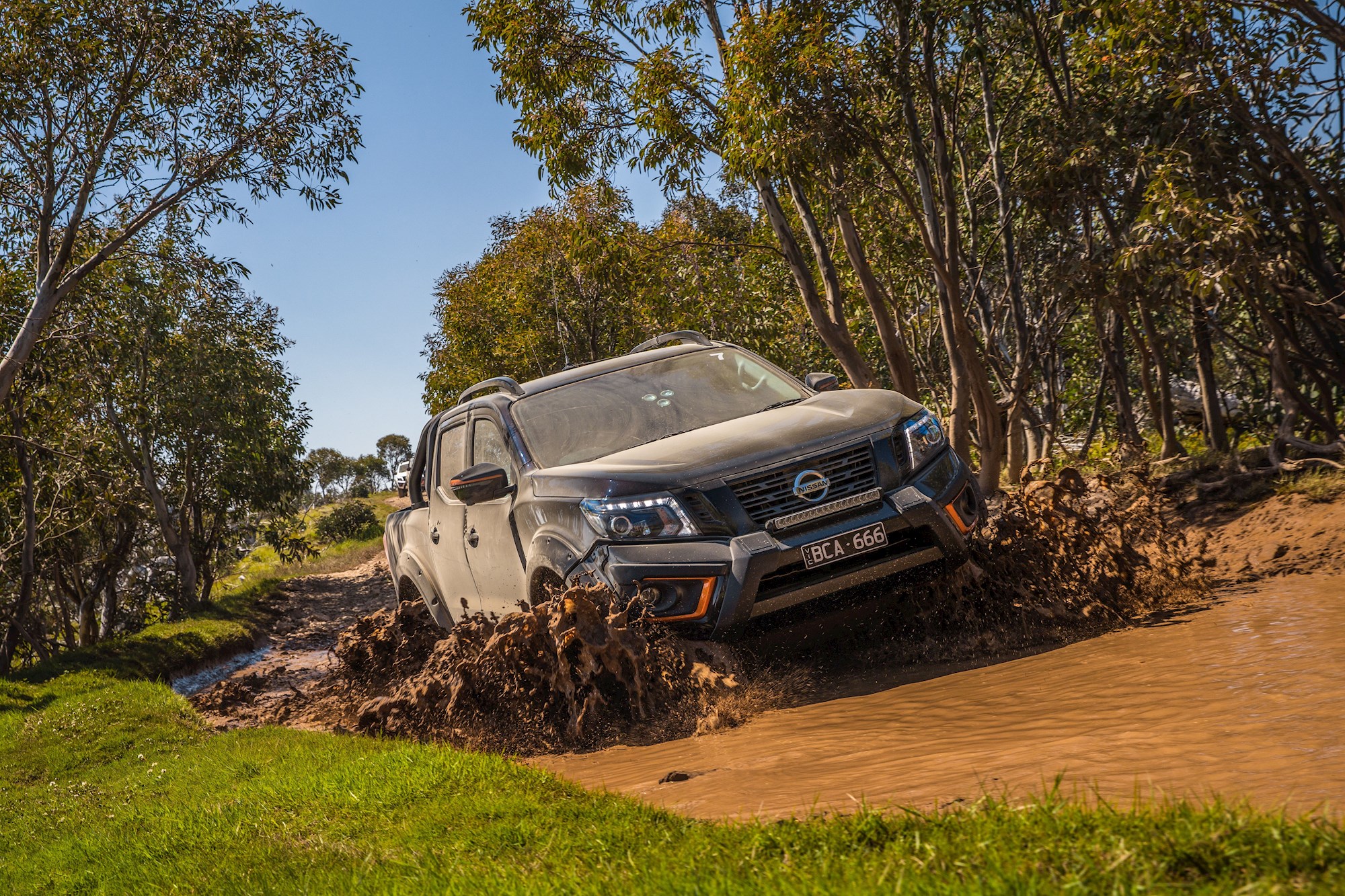
The exterior aesthetics and functionality of the Warrior were inspired by the masses. At the launch, Nissan mentioned that they had surveyed the market, found what the most popular off-roading accessories were, and worked out what was possible in partnership with Premcar. This is where the LED light bar, 3mm stainless steel bash plate, and bespoke suspension system came from. Along these same lines, Nissan installed smaller, 17-inch rims, which allowed for the larger 32.2-inch Cooper Discoverer all terrain tyres to fit, that measure 275/70 all round. In order to get a spare underneath the tray, a new tow bar cross-member was developed, but still retains the Navara’s 3500kg towing capacity. At the front, the hoopless steel bulbar gives the Warrior an extremely strong chin, and allows for a 35-degree approach angle, but it’s worth noting that a winch isn’t able to be fitted here.
On the inside, the orange accents from the exterior can be found strewn throughout the cabin, and the headrests are embroidered with the N-Trek Warrior branding. As with a few vehicles in the segment, the cabin feels a little dated compared to others, but everything is either labelled, or intuitive, so you can’t complain about the functionality. There’s plenty of rear-seat space to comfortably seat three people, but they’ll miss out on a USB jack in the second row. The lack of a tonneau cover on the tray was a bit of a downside, especially when the whole cabin is occupied with passengers.
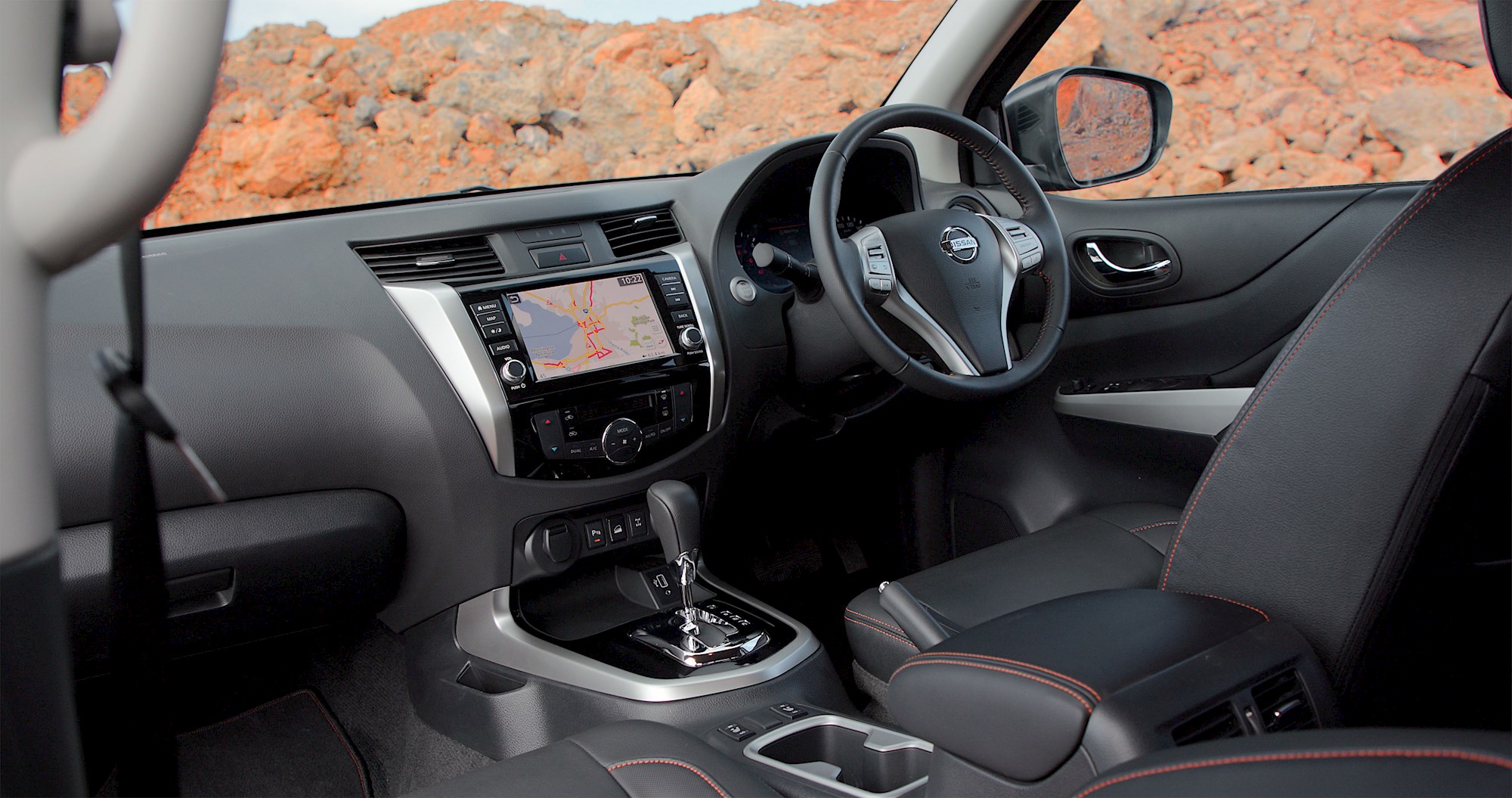
In Australia, the N-Trek Warrior’s competition is a little stiffer than down here, considering that they have Toyota’s Hilux Rugged X thrown into the mix. New Zealand pricing is yet to be announced, but over in Australia, the Warrior will set you back A$62,990 for the six-speed manual, and A$65,490 for the seven-speed auto option. When compared with its competitors over there, it's about A$20,000 cheaper than Ford's Ranger Raptor, and between A$2000 and A$10,000 cheaper than the HSV Colorado SportsCat. Because of this, we can imagine that the N-Trek Warrior will undercut these two on our side of the Tasman, but we’re going to have to wait until 2020 to see the official figures.
As a whole, I was thoroughly impressed with the Navara N-Trek Warrior, and it manages to live up to its bold name perfectly. Thanks to the bespoke suspension system and massive tyres, the Warrior can clamber over the sketchiest alpine terrain, and stay planted at speed across the worst gravel roads. The 2.3-litre diesel engine is more than enough off the tarmac, and gets the job done, albeit a little sluggish when it hits the blacktop. Overall, it is an extremely capable package, and at the right price point, should be a decent seller in the growing New Zealand ute market.











